1858 ‘Obscure as much as to reveal’
Exploring Vancouver: Ten tours of the City and its Buildings (Fifth Edition)
by Harold Kalman and Robin Ward
Madeira Park, BC: Harbour Publishing, 2023
$29.95 / 9781990776274
Reviewed by Rhodri Windsor-Liscombe
*
 Exploring Vancouver has evolved alongside the city. Once a series of First Nations settlements amidst a stupendous maritime setting, it became a lumber town and then a rail terminus, boosted sequentially by settler pursuit of resource and real estate profit. Today, the city is not, as has been suggested, an outcrop of Hong Kong, but rather a series of burgeoning be-towered villages turned high-tech Pacific San Gimignano. Much of the architecture is unremarkable, even tawdry, despite a commendable tradition of street tree-planting and urban landscaping. Nonetheless, Kalman & Ward have selected what is worthy of attention. In particular, they illustrate the array of interesting institutional buildings and recent crop of Regenerative Modernist high-rise residential and commercial towers — plus, be it noted, emergent mass-timber structures that bode well for civic sustainability.
Exploring Vancouver has evolved alongside the city. Once a series of First Nations settlements amidst a stupendous maritime setting, it became a lumber town and then a rail terminus, boosted sequentially by settler pursuit of resource and real estate profit. Today, the city is not, as has been suggested, an outcrop of Hong Kong, but rather a series of burgeoning be-towered villages turned high-tech Pacific San Gimignano. Much of the architecture is unremarkable, even tawdry, despite a commendable tradition of street tree-planting and urban landscaping. Nonetheless, Kalman & Ward have selected what is worthy of attention. In particular, they illustrate the array of interesting institutional buildings and recent crop of Regenerative Modernist high-rise residential and commercial towers — plus, be it noted, emergent mass-timber structures that bode well for civic sustainability.

The build out of Vancouver is a stark reminder of the two radically different concepts of place between Indigenous and immigrant societies. On the one hand a spirit-based interaction with nature that sustained community living; on the other, an ontology of dominion – originating in the Old Testament later rebooted by Enlightenment technique – that sought to exploit the natural environment and valourized individuated social order. A contrast, too, between preoccupation with permanence as against patterns of activity and domicile tuned to ecological cycle. The cover illustration, indeed, provides a fascinating ideational adjunct: the glass and steel Modernist-derived MNP Tower is pictured looming over the brick and terracotta Art Deco Marine Building. Interestingly, the objective of technologically-enabled mobility — if not the blighting of urban community via what this reviewer has defined as AutoModernism — was anticipated in much North American Indigenous construction (their lightweight framing and natural material envelope long preceding, say, Buckminster Fuller’s moveable Dymaxion house scheme).
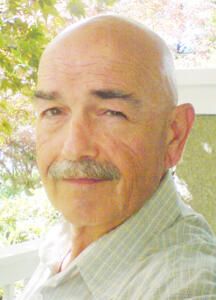
The cover, furthermore, evokes the physical and cultural expansion of Vancouver that occurred from the late twentieth-century. This edition of Exploring Vancouver was published contemporaneously with the coronation of King Charles III, an event hardly noticed in civic, provincial or federal pageantry. How different from the celebration of the crowning of George VI seven years after the completion of the Marine Building. Both ceremonies were founded, ironically taking a long historical perspective, on traditions stemming from the Norman colonization of Britain. While not incorporating such a broad perspective of historical happenings, Kalman & Ward do address the core problem inherent in history. Namely, its biases of authorship and tattered record of human activity, so often more associated with violence and acquisition than with civility and creativity. The Canadian maple leaf flag flies in the foreground of the cover illustration signalling that the authors have come to terms with both the evolution of architectural and national historical re/accounting. The travel from terming Vancouver ‘Terminal City’ to ‘Reconciliation City’ is acknowledged, as also the extended presence and contribution of other formerly marginalized peoples, especially those from south and east Asia. Endeavour toward reconciliation is exemplified textually by inclusion of monuments and places commemorating the alienation of unceded lands and scourge of the residential school system. In addition Kalman & Ward record the primacy of First Nations designers and commerce in three current major real estate developments. These comprise Senakw beside Burrard Bridge and the still evolving plans for the Heather and Jericho Lands. All three developments envision densification and high towers that have been so long seemingly the preserve of later modern colonial property speculation and capitalist process. In a further turn of fate’s wheel, the three main towers proposed for the Jericho development are slated to be named ‘The Sentinels’, invoking the Musqueam outlook at today’s Point Grey scoping out Haida raiding parties.
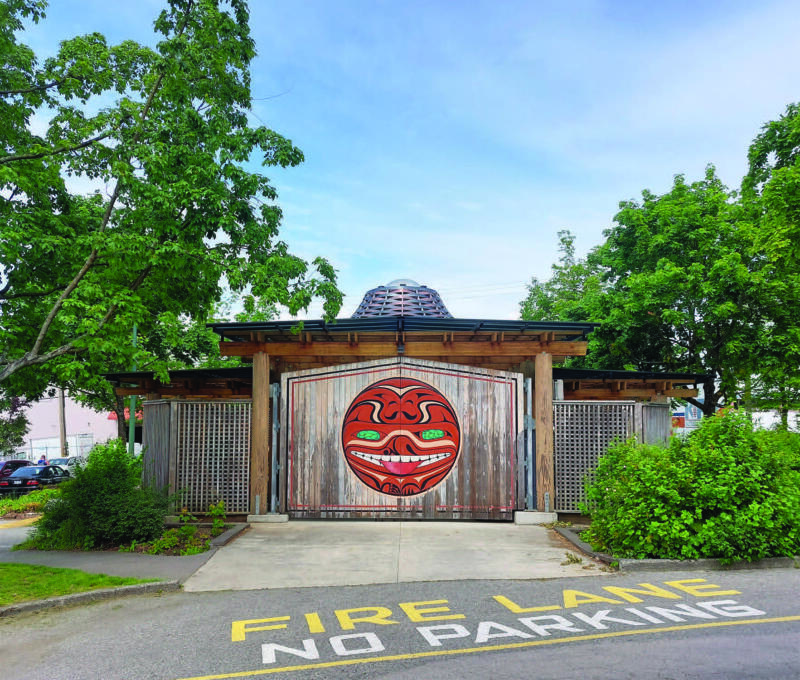
The outgrowth of settlement into quasi-metropolis is delineated immediately following the frontispiece. The reader/tourist is supplied with a double-spread map of the region, naming those once distinct communities that now comprise Metro Vancouver. The use of maps is interesting as an abstract echo of the surveying always at the core of imperial expansion; and central to contemporary negotiation of territorial ownership. Modern Vancouver’s outgrowth is traced through ten tours tempered to pedestrian, cycle or transit perambulation – a nice reflection of the City’s real strive for sustainability and diminishing carbon emission.
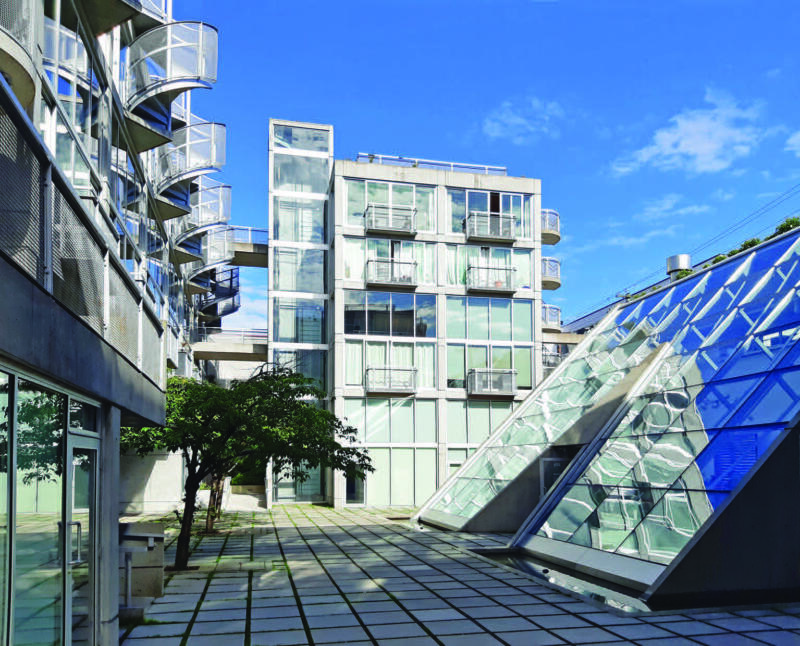
The organization of the tours, and their respective titles, tells of the location of pre-colonial settlement and post-colonial urbanization. Following an astute Introduction summarizing both ancient and modern site history and the, mostly unfulfilled, succession of town and regional plans, the first tour traverses “The Expo Lands, False Creek & Granville Island.” An appropriate opening gambit because we walk over the expunged places of First Nations community, together with the scant remains of the lumber, railway and industrial production that powered early commercial and residential construction. Consequent pollution, and, to a lesser extent, reaction against former exclusionary ethnic segregation, eventuated in the creation of the public commons of Granville Island and adjoining pleasantly-scaled housing. While opposite, on the northern shore of False Creek, arose the temporary buildings of Expo’86 — the loved or hated economic and cultural pivot of Vancouver — replaced by the massive Concord Pacific redevelopment that combines high-rise architecture and landscaping reminiscent of Le Corbusier’s ‘Ville Verte’ project. The combination of densification with greening (landscaping) and of residential tower rising from commercial base became identified as Vancouverism. Perhaps less unique than claimed, a more accurate term for this property development paradigm might be Vancondoism! Incidentally, the ‘Leaky Condo” crisis receives short shrift despite its heavy toll on many citizens’ exchequer.
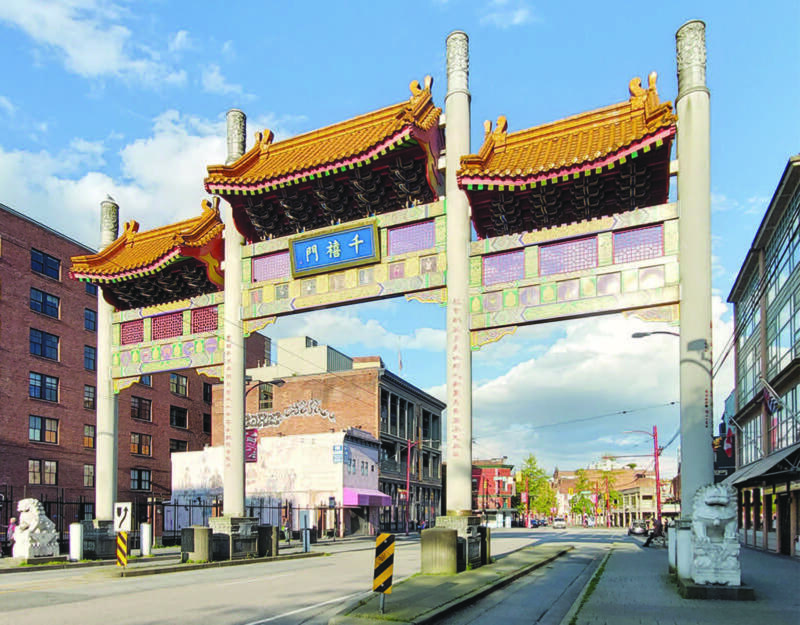
Thereafter, book in hand, we move to Gastown, Victory Square and Chinatown; to Strathcona and East Vancouver; back to Downtown; onto Coal harbour, the West End and Stanley Park; then across the Burrard Inlet to the North Shore. After the Second World War this was location of much modest but architecturally significant housing redolent of a local adaptation of trans-Atlantic Modern Movement design to West Coast topography and lifestyle. The wash of hot money seeking in search cool places that troubled Vancouver from the late 1980s has resulted in the loss of much of that distinctive patrimony. Kalman & Ward then lead us back to Fairview, Mount Pleasant and South Vancouver; up to the more affluent Shaughnessy Heights and West Side before transiting to the University of British Columbia, originally sited far from the city to placate those at Victoria, Nelson, Rossland and elsewhere in the province aware of its potential as an engine of economy. Founded to translate higher learning into agency, and agents, for the exploitation of the natural resources of western Canada, the institution has come to champion sustainability plus First Nations education and inclusion. That shift is especially signalled by the construction of the Indian Residential School History and Dialogue Centre situated at the heart of the campus adjacent to the original modern collegiate Gothic styled former Main Library. The campus boasts some of the fine Modernist architecture built from the late 1940s into the late 1960s, redolent with rejection of historical stylisms associated with dominant socio-cultural regime in favour of the tabula rasa of Modernist metal and glass facades capable of mirroring the increasingly multi-cultural demographic of Canada. Another early expression of inclusionary design strategy is the Museum of Anthropology designed by Arthur Erickson to incorporate the great structural themes of Indigenous, Ancient Classical and Asian heritage: post/column and beam/entablature.
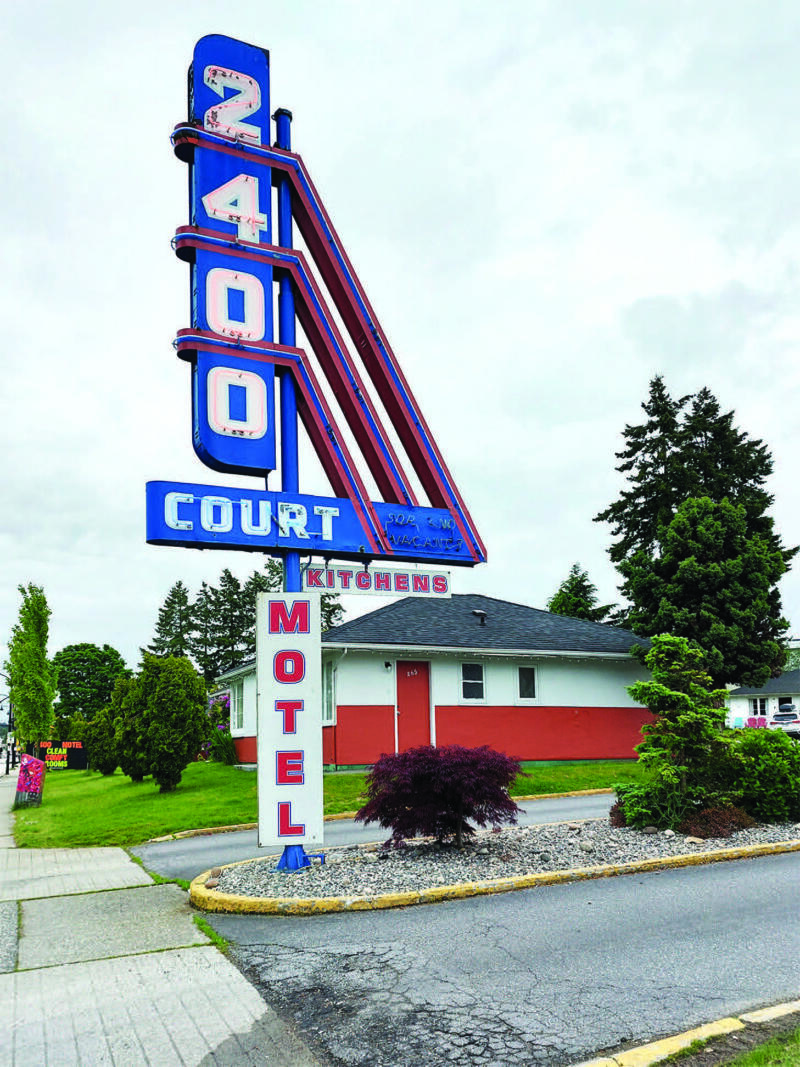
Erickson’s extensive architectural legacy around Vancouver, perhaps culminating in the monumental yet inviting Robson Square precinct, is further celebrated in the final grouping titled “Metro Vancouver.” This gathers a sequence of conjoined tours including Burnaby, site of Erickson and Massey’s pedagogically and architecturally innovative Simon Fraser University (and its UniverCity market housing and retail development parallel with UBC’s University Town). The grouping also covers New Westminster, Richmond, Surrey, Fort Langley, Mission, Maillardville, Steveston and Port Moody. Here, as it were, the periphery returns us to the societal and architectural historical centre of modern-day Vancouver. New Westminster and Fort Langley recall the work and oversight of the Royal Engineers; Port Moody, briefly bruited railhead of the Canadian Pacific Railway which was responsible for much real estate plus financial enterprise; Maillardville denoting early French Canadian presence; Steveston erstwhile salmon canning ‘capital’ but also associated with the sequestration of property and forced relocation of those of Japanese descent in 1942; Richmond and Surrey heralding the reversal of prior discrimination against those immigrating from India and China. Steveston is also the location of the still operating farm owned by the Steves family whose scion Harold has the great distinction of initiating the Agricultural Land Reserve: since 1973 leashing in the sprawl of Vancouver onto lands of sustenance essential to Vancouver’s long-term survival.
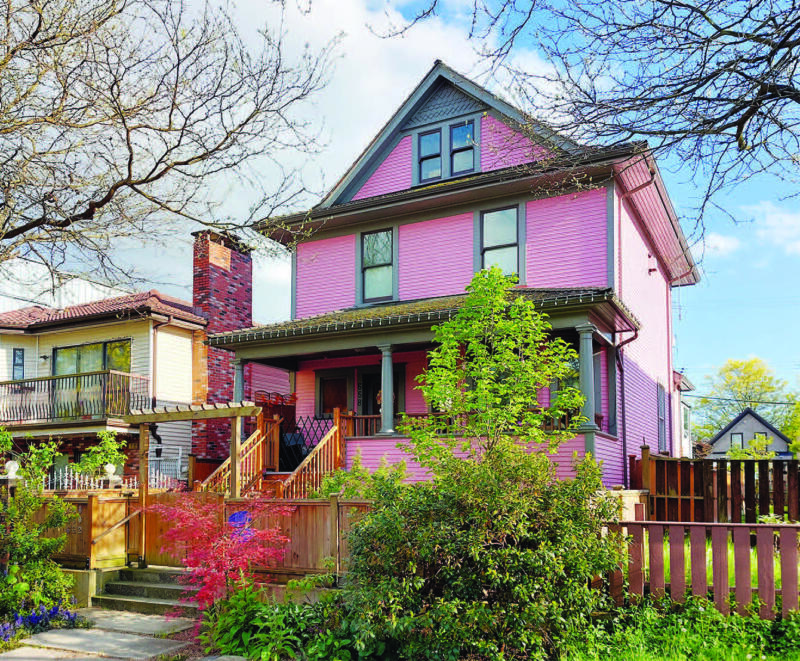
Comprehension of the diversity of factors underlying city evolution is a noteworthy feature of this latest edition of Exploring Vancouver. Part of that feature is also recognition of input from the panoply of design professionals, including artists, as well as those wielding political, monetary or cultural authority. Similarly, the full range of building scale and types is accounted for, with churches, university facilities, libraries and houses displaying rather better design quality than the predominating commercial architecture. The authors, moreover, achieve a pleasant balance between material and anecdotal history that matches the lively and adept descriptions of individual buildings. Nor does the text shy off critical commentary, whether of misjudgement in civic governance or of the contrast between heritage cant and actual practice. The accompanying photographs generally capture architectural context so as to counteract the tendency of the camera – like historical narrative – to obscure as much as to reveal. A final encomium is merited. The book is expedition worthy; not too unwieldy but large enough to provide good indexes and useful design glossary.
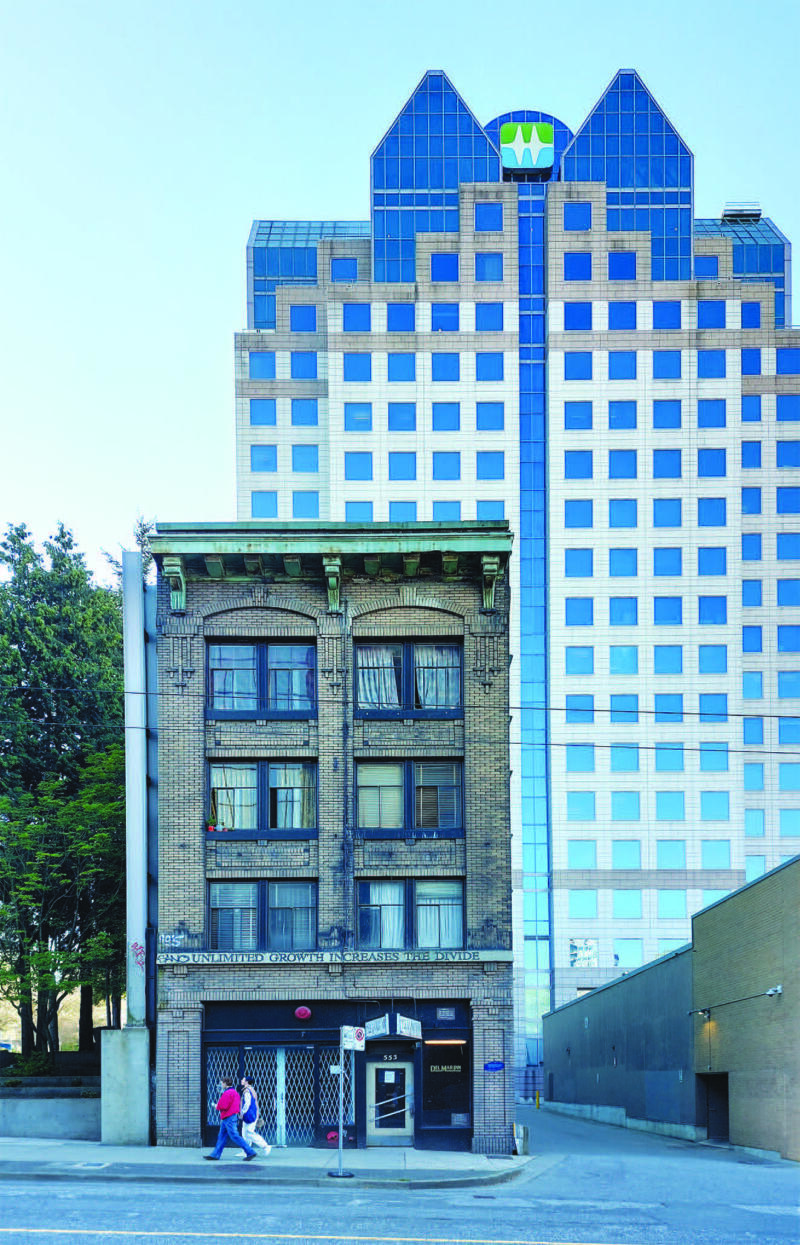
*

Rhodri Windsor-Liscombe headed the Department of Fine Arts (now Art History Visual Art and Theory) at UBC and the Individual Interdisciplinary Programme before serving as Associate Dean of Graduate Studies at UBC. A Guggenheim Fellow and recipient of the Margot Fulton Award, his many publications on architectural history include Francis Rattenbury and British Columbia: Architecture and Challenge in the Imperial Age (UBC Press, 1983, with Anthony Barrett); The New Spirit: Modern Architecture in Vancouver, 1938-1963 (Douglas & McIntyre, 1996); Architecture and the Canadian Fabric (UBC Press, 2011); and Canada: Modern Architectures in History (Reaktion Books, 2016, with Michelangelo Sabatino), reviewed here by Martin Segger. As Rhodri Jones he has written a memoir, Edges of Empire: A Documentary (Rarebit Press, 2017). Editor’s note: Rhodri Windsor-Liscombe has also reviewed a book by Adele Weder, and Matthew Soules & Michael Perlmutter for The British Columbia Review.
*
The British Columbia Review
Interim Editors, 2023-24: Trevor Marc Hughes (non-fiction), Brett Josef Grubisic (fiction)
Publisher: Richard Mackie
Formerly The Ormsby Review, The British Columbia Review is an on-line book review and journal service for BC writers and readers. The Advisory Board now consists of Jean Barman, Wade Davis, Robin Fisher, Barry Gough, Hugh Johnston, Kathy Mezei, Patricia Roy, Maria Tippett, and Graeme Wynn. Provincial Government Patron (since September 2018): Creative BC. Honorary Patron: Yosef Wosk. Scholarly Patron: SFU Graduate Liberal Studies. The British Columbia Review was founded in 2016 by Richard Mackie and Alan Twigg.
“Only connect.” – E.M. Forster